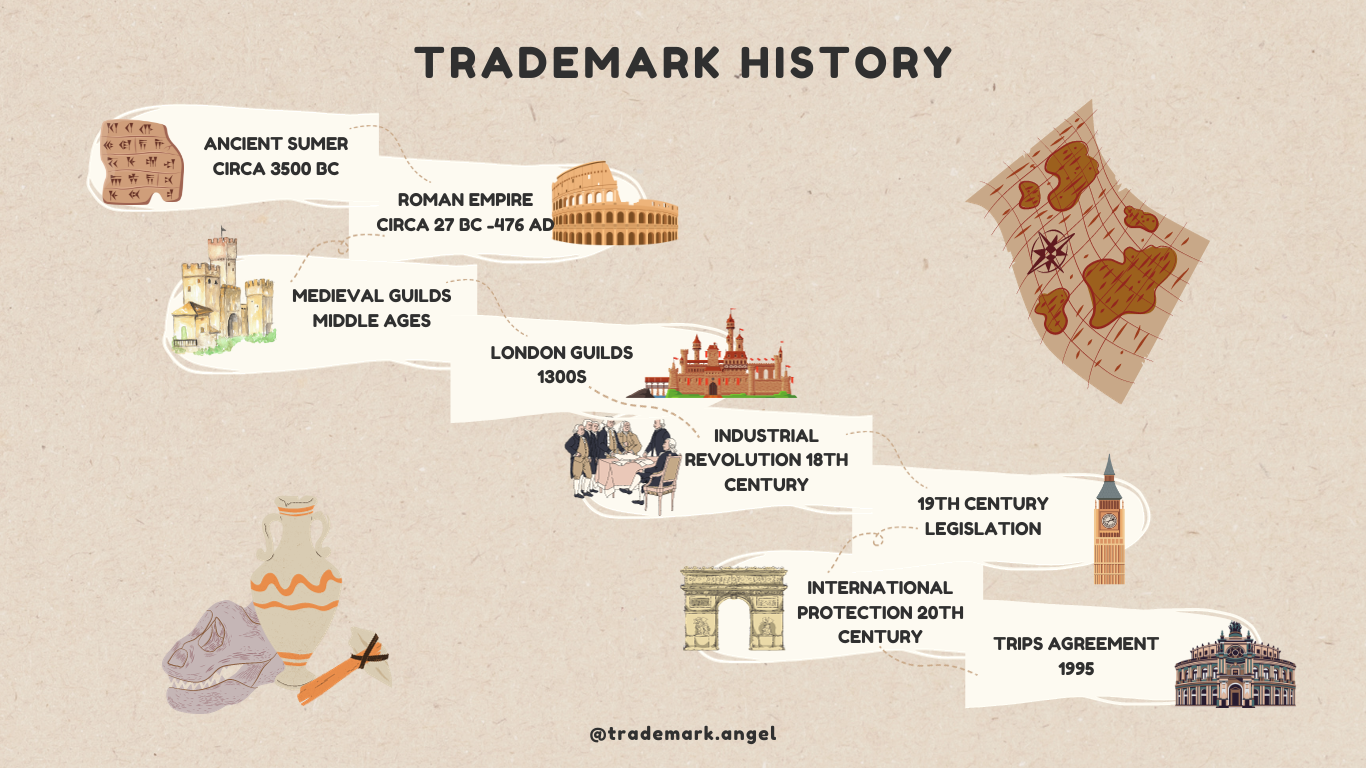
Demystifying Intellectual Property: Trademarks, Copyrights, and Patents
In the dynamic world of intellectual property, where ideas and innovations reign supreme, it’s crucial to understand the distinctions between trademarks, copyrights, and patents. These three pillars of intellectual property protection serve distinct purposes and are often the linchpin for individuals and businesses to safeguard their creations and ideas.
Trademark: Guarding Your Brand Identity
What’s a Trademark?
A trademark is more than just a symbol, a name, or a slogan; it’s the essence of brand identity. It serves as a beacon, helping consumers distinguish your goods or services from the sea of choices available in the marketplace. Think of the iconic Nike swoosh, the globally recognized Coca-Cola script, or McDonald’s ever-inviting “I’m Lovin’ It” slogan. These are all trademarks.
Why Do You Need One?
The primary purpose of a trademark is to shield your brand’s identity from being hijacked by imitators. Trademarks prevent others from using similar marks in a way that could create confusion among consumers. When consumers see your trademark, they should immediately associate it with your product or service.
Renewable and Evergreen
Trademarks are unique in that they can potentially last indefinitely. As long as they are actively used and periodically renewed, you can continue to protect your brand’s identity. This ensures that the goodwill and reputation you’ve built around your trademark remain safe.
Copyright: Preserving Creative Works
What’s a Copyright?
Copyrights are the guardians of creativity. They protect original works of authorship, encompassing a wide array of creations, including literary masterpieces, artistic endeavors, and musical compositions. If you’ve ever written a novel, painted a breathtaking landscape, composed a melody, or even coded software, you’ve created something that can be copyrighted.
Why Do You Need One?
Copyrights grant creators exclusive rights to reproduce, distribute, perform, or display their work. These rights are vital because they allow creators to control how their work is used, ensuring they reap the benefits of their creative efforts.
Lifespan of Creativity
In the United States and Europe, copyrights typically endure for the lifetime of the creator plus 70 years. In Canada, this period is plus 50 years. After this duration, the work enters the public domain, making it available for anyone to use, adapt, or build upon.
Patent: Innovations Locked in Time
What’s a Patent?
Patents are the powerhouses of intellectual property protection when it comes to inventions. They are granted for new, useful, and non-obvious discoveries, or improvements to existing inventions. The patent system is what fuels innovation and encourages inventors to share their groundbreaking ideas with the world.
Why Do You Need One?
A patent provides exclusive rights to make, use, and sell the patented invention for a specific period, usually around 20 years. During this time, competitors are barred from replicating your invention. This exclusivity incentivizes inventors and companies to invest in research and development, knowing that their ideas will be safeguarded.
Finite Duration of Genius
Unlike copyrights and trademarks, patents have a finite duration. After this period, the details of the invention become public knowledge, available for others to use as a foundation for further innovations.
In the world of intellectual property, trademarks protect brand identifiers, copyrights safeguard creative works, and patents secure new inventions. These forms of protection are like the sentinels guarding the gates of innovation. They help creators and businesses maintain control over their intellectual property, ensuring their ideas and creations flourish without the threat of infringement by others. So, whether you’re a budding artist, an entrepreneur with a groundbreaking product, or a corporation with a globally recognized brand, understanding the nuances of trademarks, copyrights, and patents is your first step in preserving your intellectual property and fostering innovation.





